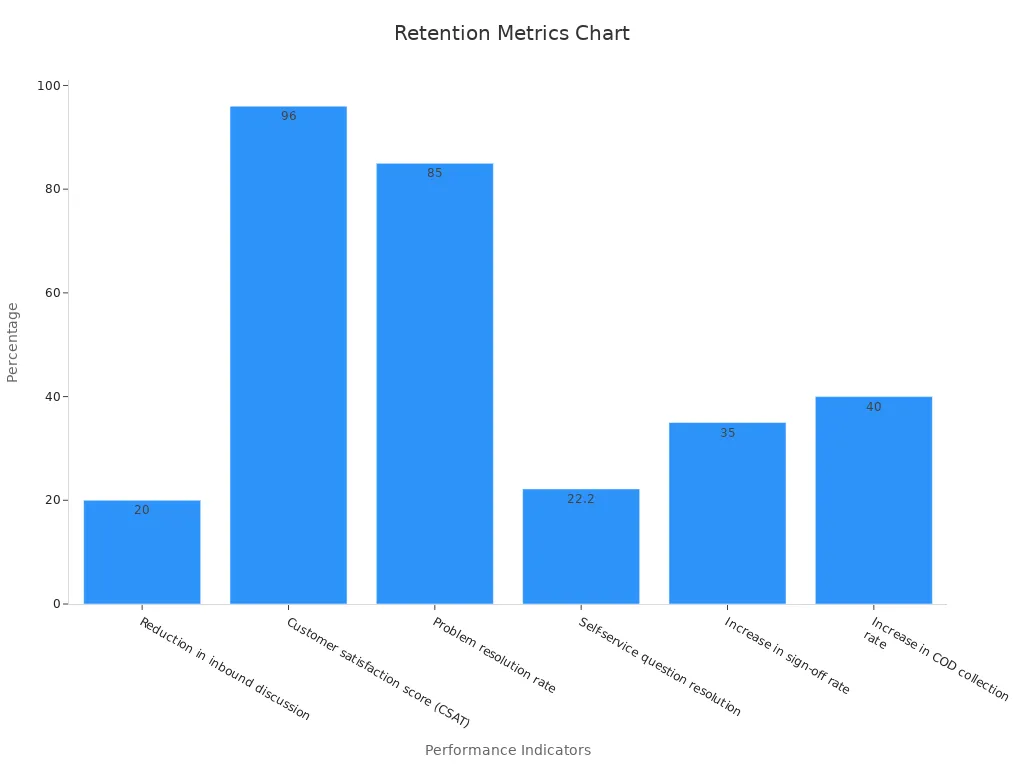Customer retention and acquisition: Key phases to know
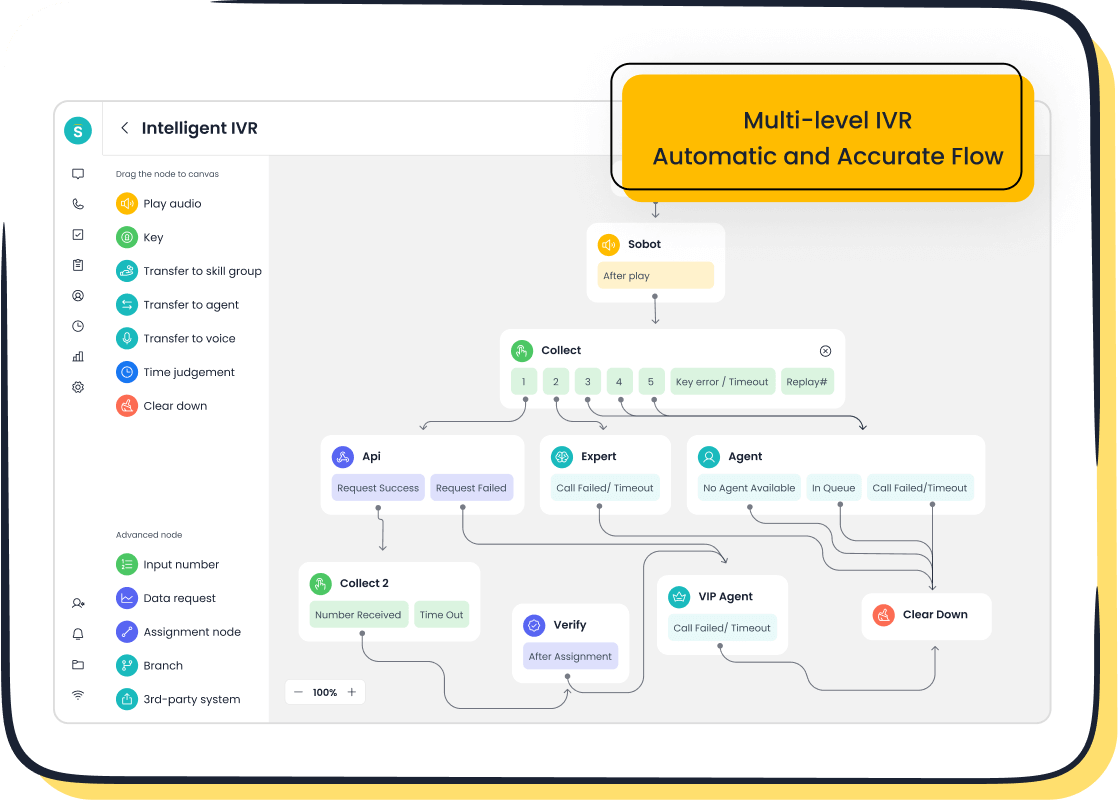
Understanding customer retention vs acquisition plays a vital role in shaping your business's growth. Research shows acquiring a new customer can cost 5 to 25 times more than retaining an existing one. Despite this, acquisition costs have surged by over 50% in recent years, especially for digital businesses. Retention, on the other hand, fosters long-term profitability by keeping your current customers engaged. Balancing these strategies ensures sustainable success. Sobot offers advanced solutions, such as its Voice/Call Center and AI-powered tools, to help you optimize both retention and acquisition efforts seamlessly.
Defining customer retention and acquisition in the customer journey
What is customer retention?
Customer retention refers to the ability of your business to keep existing customers engaged and loyal over time. It focuses on building long-term relationships by delivering consistent value and exceptional customer experiences. Retention strategies often include personalized offers, loyalty programs, and proactive customer support. These efforts encourage repeat purchases and foster trust.
Statistics highlight the importance of retention. For instance, increasing retention rates by just 5% can boost profits by 25% to 95%. Additionally, existing customers are 50% more likely to try new products and spend 31% more compared to new customers. This makes retention a cost-effective way to drive growth while enhancing customer satisfaction.
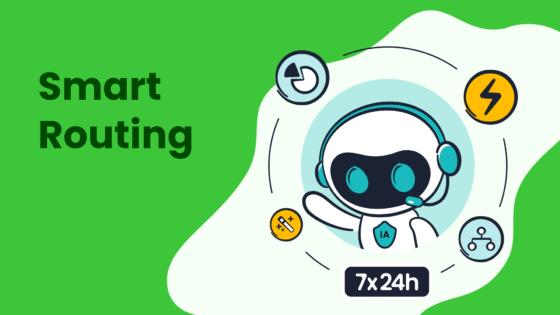
Sobot’s solutions, such as its AI-powered Voice/Call Center, help you streamline post-purchase engagement. Features like smart call routing and real-time monitoring ensure your customers receive timely and personalized support, strengthening their loyalty to your brand.
What is customer acquisition?
Customer acquisition involves attracting and converting new customers to your business. It focuses on creating awareness, generating interest, and persuading potential buyers to make their first purchase. Acquisition strategies often include digital advertising, social media campaigns, and search engine optimization (SEO).
Acquisition costs have risen significantly in recent years. Research shows acquiring a new customer can cost 5 to 25 times more than retaining an existing one. Despite this, acquisition remains essential for expanding your customer base and entering new markets. For example, AI tools can reduce acquisition costs by up to 50%, making technology a valuable asset in acquisition strategies.
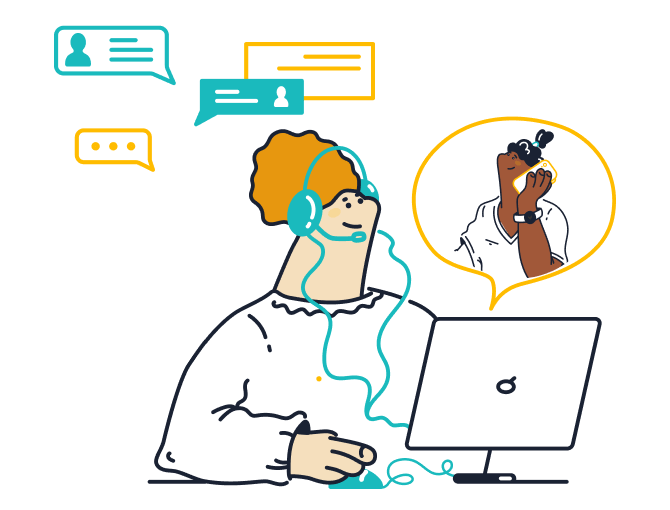
Sobot’s marketing solutions empower you to optimize acquisition efforts. With tools for multichannel engagement, such as voice, WhatsApp, and SMS, you can create impactful campaigns that attract and convert new customers efficiently.
Customer retention vs acquisition: Key differences in objectives, strategies, and costs
Understanding the differences between customer retention and acquisition helps you allocate resources effectively. While both are crucial, they serve distinct purposes in the customer journey.
| Aspect | Retention | Acquisition |
|---|---|---|
| Objective | Build loyalty and encourage repeat business | Attract new customers and expand the customer base |
| Strategies | Loyalty programs, personalized offers, proactive support | Digital ads, SEO, social media campaigns |
| Costs | Lower (5-25x less than acquisition) | Higher due to rising ad prices and competition |
| Customer Behavior | Existing customers are 60-70% likely to buy again | New customers have a 5-20% likelihood of purchasing |
| Impact on Revenue | Increases profits by up to 95% with a 5% retention boost | Expands market reach and drives initial sales |
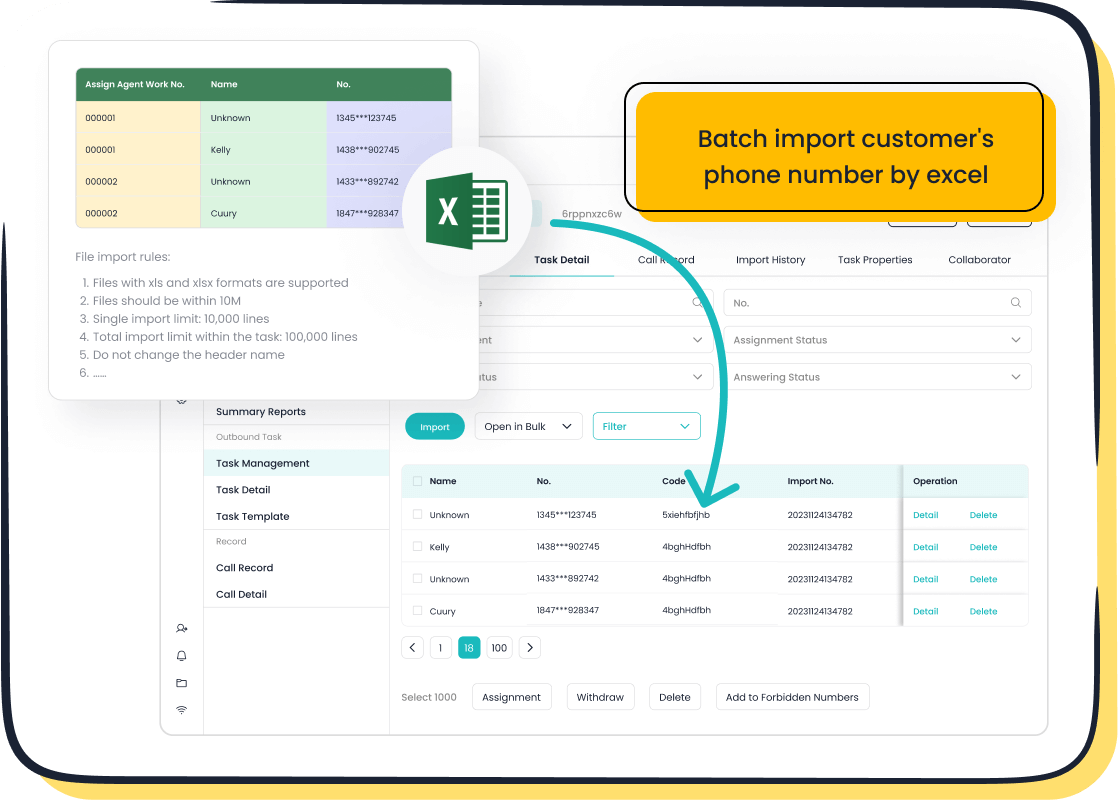
Retention focuses on nurturing relationships, while acquisition emphasizes outreach. Balancing these strategies ensures sustainable growth. For instance, Sobot’s Voice/Call Center supports both efforts. Its bulk outbound task feature helps you reach new leads, while its unified workspace enhances interactions with existing customers.
By understanding customer retention vs acquisition, you can tailor your approach to meet your business goals. Whether you aim to deepen loyalty or attract new buyers, Sobot’s solutions provide the tools you need to succeed.
Phases of customer acquisition in the journey
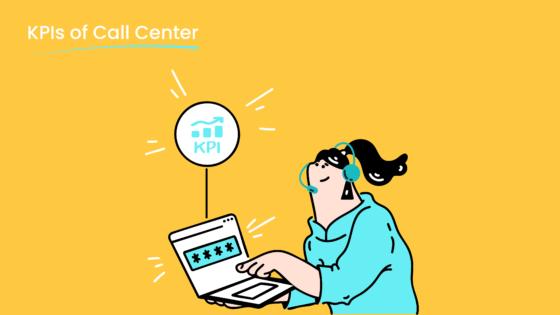
Awareness: Capturing initial interest
The awareness phase marks the beginning of the customer journey. At this stage, your goal is to capture the attention of potential customers and introduce them to your brand. Effective customer acquisition strategies here include digital advertising, social media campaigns, and search engine optimization (SEO). These methods help you reach a broader audience and create a strong first impression.
Consumers often interact with a brand 7-13 times before making a purchase decision. This highlights the importance of multiple engagement opportunities. Monitoring traffic sources can also help you identify which channels drive the most awareness. For example, Sobot’s marketing solutions enable you to launch multichannel campaigns through voice, WhatsApp, and SMS. These tools ensure your brand remains visible and accessible to potential customers.
| Metric | Description |
|---|---|
| Customer Acquisition Cost | The cost associated with acquiring a new customer, which helps evaluate the efficiency of strategies. |
| Customer Lifetime Value | The total revenue expected from a customer over their relationship with the business, indicating long-term value. |
| Conversion Rates | The percentage of prospects that convert into customers, reflecting the effectiveness of the acquisition funnel. |
| Time to Conversion | The duration it takes for a prospect to convert, with shorter times indicating a more efficient acquisition process. |
Consideration: Nurturing potential customers
Once you have captured interest, the next step is to nurture potential customers. This phase focuses on building trust and addressing their needs. Providing educational content, such as blogs or webinars, can position your brand as a reliable source of information. Email marketing also proves effective, with a reported success rate of 72% in increasing consideration.
Middle-of-funnel (MOFU) strategies play a key role here. These include personalized offers, testimonials, and case studies that address customer pain points. For instance, Sobot’s marketing solutions allow you to create targeted campaigns that engage prospects across multiple channels. By fostering trust and credibility, you make it easier for customers to consider your brand.
Purchase: Converting leads into customers
The purchase phase is where you turn leads into paying customers. At this stage, your focus shifts to simplifying the buying process and addressing any final objections. Offering discounts, free trials, or limited-time offers can encourage prospects to take action.
Conversion rates vary by industry. E-commerce often sees higher rates due to single-click purchases, while B2B sales require multiple stages. On average, conversion rates hover around 2.35%, but effective strategies can push this higher. Sobot’s Voice/Call Center supports this phase by enabling seamless communication with leads. Features like smart call routing and real-time monitoring ensure timely follow-ups, increasing the likelihood of conversion.
| Context | Conversion Rate |
|---|---|
| E-commerce | Varies widely, often higher due to single-click purchases |
| B2B Sales | Typically lower, requiring multiple stages in the sales process |
| 2023 Average Rate | Approximately 2.35% |
| Industry Variation | Ranges from 2% to 40% based on sales approach |
How Sobot's Voice/Call Center supports acquisition efforts
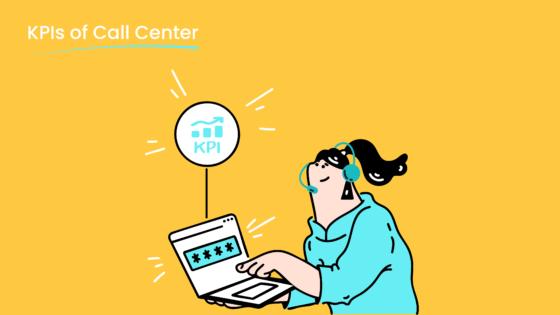
Sobot's Voice/Call Center plays a pivotal role in enhancing customer acquisition by streamlining communication and improving lead conversion. Its advanced features, such as smart call routing and AI-powered Voicebot, ensure that your team connects with potential customers efficiently. These tools help you deliver personalized interactions, which are crucial for building trust and encouraging prospects to take action.
One of the key benefits of Sobot's Voice/Call Center is its ability to optimize customer acquisition strategies. For example, the bulk outbound task feature allows you to reach a large number of leads quickly. This ensures no opportunity is missed, especially during high-demand periods. Additionally, the platform's real-time monitoring and analytics provide valuable insights into campaign performance, helping you refine your approach for better results.
To illustrate the effectiveness of Voice/Call Center strategies, consider the following metrics:
| Metric | Description |
|---|---|
| Conversion Rate | Indicates the number of calls needed to make a sale, helping to analyze the effectiveness of scripts and offers. |
| Cost per Acquisition | Reveals the cost of converting each lead, aiding in identifying areas for cost savings and optimizing ROI. |
| Revenue | Measures total revenue per campaign and revenue generated by each agent, highlighting training needs and areas for offer adjustments. |
These metrics demonstrate how Sobot's solutions can reduce acquisition costs while maximizing revenue. For instance, by tracking conversion rates, you can identify which scripts resonate most with your audience. Similarly, monitoring cost per acquisition helps you allocate resources more effectively.
With Sobot's Voice/Call Center, you gain a powerful tool to enhance your customer acquisition efforts. Its features not only improve communication but also provide actionable insights, ensuring your strategies remain effective and efficient.
Phases of customer retention in the journey
Post-purchase engagement: Building trust
Post-purchase engagement is a critical phase in the customer journey. It begins immediately after a customer completes a purchase and focuses on building trust and satisfaction. This phase ensures that customers feel valued and supported, which is essential for retaining customers and fostering loyalty.
Monitoring key metrics like customer retention rate, Net Promoter Score (NPS), and customer lifetime value (CLV) helps you measure the success of your post-purchase engagement efforts. For example, providing helpful follow-up information can increase brand loyalty, as 69% of consumers report feeling more connected to brands that offer this. Additionally, post-purchase interactions create opportunities for upselling and cross-selling by nurturing customer relationships.
| Key Metric | Importance |
|---|---|
| Purchase history | Indicates buying patterns and potential for upselling or cross-selling. |
| Engagement metrics | Provides clues about customer connection to the brand through email interactions. |
| Support interactions and feedback | Offers insights into customer satisfaction and areas needing improvement. |
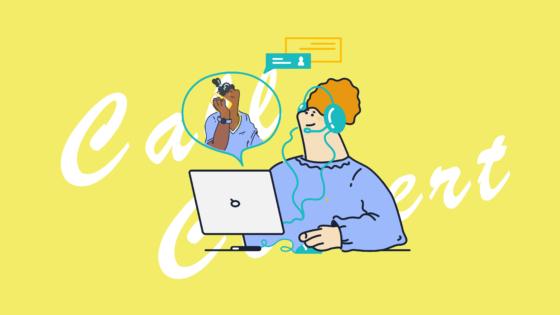
Sobot’s solutions, such as its Voice/Call Center, enhance post-purchase engagement by offering features like real-time monitoring and smart call routing. These tools ensure timely and personalized support, helping you build trust and strengthen customer relationships.
Loyalty-building: Encouraging repeat business
Loyalty-building focuses on encouraging repeat business by creating meaningful connections with your customers. This phase involves implementing customer retention strategies like loyalty programs, personalized offers, and proactive communication. These efforts not only increase customer satisfaction but also reduce the customer churn rate.
Research shows that a 5% increase in customer retention can boost profits by 25% to 95%. Loyalty programs, in particular, have a significant impact. For instance, businesses that implement retention platforms see a 48% returning customer rate among loyalty program participants. These customers often generate twice the revenue of non-redeemers.
| Evidence Type | Description |
|---|---|
| Product Quality | High-quality products drive loyalty and positive word-of-mouth referrals. |
| Retention Rates | Higher retention rates lead to increased profitability. |
| Loyalty Program Impact | Loyalty programs encourage repeat customers and higher revenue per customer. |
Sobot’s marketing solutions help you design and execute loyalty programs that resonate with your audience. By leveraging tools for multichannel engagement, such as voice, WhatsApp, and SMS, you can deliver personalized experiences that keep customers coming back.
Advocacy: Turning customers into brand ambassadors
Advocacy represents the pinnacle of customer retention efforts. At this stage, satisfied customers become brand ambassadors, promoting your business through positive word-of-mouth. Advocacy not only reinforces customer loyalty but also attracts new customers, reducing the cost of customer acquisition vs retention.
Customer advocacy has a measurable impact. For example, a fashion retailer saw increased social media engagement and sales after an influencer praised their products. Similarly, a software company experienced a rise in referral traffic after a customer shared their positive experience on a tech blog. Testimonials and reviews serve as powerful social proof, influencing potential customers and encouraging them to engage with your brand.
- Higher repeat purchase rates indicate that advocacy efforts are strengthening customer satisfaction.
- Testimonials and reviews demonstrate customer satisfaction, encouraging new customers to trust your brand.
- Advocacy reduces acquisition costs by leveraging existing customers to attract new ones.
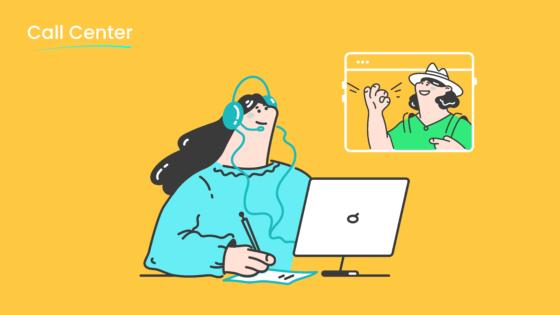
Sobot’s Voice/Call Center supports advocacy by enabling seamless communication with your most loyal customers. Features like AI-powered Voicebot and real-time analytics help you identify and nurture brand ambassadors, ensuring they continue to champion your business.
Leveraging Sobot's solutions for retention success
Sobot’s solutions empower you to implement effective customer retention strategies that build trust, foster loyalty, and turn customers into advocates. By leveraging advanced tools like AI-powered Voice/Call Center and Chatbot, you can streamline interactions and deliver personalized experiences that keep customers engaged.
Enhancing post-purchase engagement
Post-purchase engagement is vital for maintaining customer satisfaction. Sobot’s Voice/Call Center ensures timely and personalized communication with features like smart call routing and real-time monitoring. These tools help you address customer concerns quickly, reducing inbound discussions by 20%. Additionally, Sobot’s AI-powered Chatbot resolves 22.2% of self-service questions, freeing up your team to focus on complex issues.
📊 Performance Snapshot:
Building customer loyalty
Customer loyalty grows when you consistently deliver value. Sobot’s marketing solutions enable you to create personalized campaigns that resonate with your audience. For example, targeted offers and reward programs can increase sign-off rates by 35%. Sobot’s unified workspace integrates customer data across channels, ensuring seamless interactions that strengthen loyalty.
| Metric | Value |
|---|---|
| Customer satisfaction score (CSAT) | 96% |
| Problem resolution rate | 85% |
| Increase in COD collection rate | 40% |
Turning customers into advocates
Advocacy transforms satisfied customers into brand ambassadors. Sobot’s AI-powered Voicebot identifies loyal customers and nurtures them with tailored communication. This approach boosts customer happiness to 99%, encouraging positive reviews and referrals. Advocacy reduces acquisition costs by leveraging existing customers to attract new ones, creating a cycle of sustainable growth.
Sobot’s solutions provide the tools you need to optimize customer retention. Whether you aim to enhance post-purchase engagement, build loyalty, or foster advocacy, Sobot’s innovative technologies ensure your strategies deliver measurable results.
When to prioritize retention vs acquisition
Factors influencing the decision
Deciding whether to focus on customer retention or acquisition depends on several factors. Your business stage plays a significant role. Startups often prioritize customer acquisition to build their customer base, while established businesses benefit more from retention strategies. Industry competitiveness also matters. In highly competitive markets, acquisition efforts may take precedence to capture market share. On the other hand, less competitive industries can focus on retaining existing customers.
Analyzing metrics like customer acquisition cost (CAC) and customer lifetime value (CLV) provides valuable insights. If CAC is high compared to CLV, shifting focus to retention can improve profitability. Additionally, a high churn rate signals the need for stronger retention efforts, while a low churn rate allows for more investment in acquisition. Listening to customer feedback also helps you identify areas to improve, whether it’s enhancing retention strategies or refining acquisition campaigns.
Aligning strategies with business goals and market conditions
Aligning retention and acquisition strategies with your business goals ensures long-term success. Setting SMART goals—specific, measurable, achievable, relevant, and time-bound—provides clarity. For example, aiming to increase market share by 20% within two years requires a balanced approach. Key performance indicators (KPIs) like revenue growth and customer retention rates help track progress.
Market conditions also influence your strategy. During economic downturns, focusing on retention can stabilize revenue. Conversely, in growth phases, acquisition becomes essential for expanding your customer base. Sobot’s solutions, such as its Voice/Call Center, support both strategies. Features like bulk outbound tasks enhance acquisition, while smart call routing strengthens retention by improving customer interactions.
| Evidence Type | Description |
|---|---|
| SMART Goals | Provide clarity for achieving objectives, such as boosting market share. |
| KPIs | Track progress through metrics like revenue growth and retention rates. |
| Integration Strategies | Ensure alignment across operations, finance, and HR for better outcomes. |
Examples of effective prioritization using Sobot's tools
Newer brands often prioritize acquisition but should not overlook retention. Building loyalty early fosters sustainable growth. For instance, increasing retention by just 5% can boost profits by 25% to 95%. Established brands, like OPPO, have successfully used Sobot’s solutions to balance these strategies. OPPO’s chatbot and ticketing system improved customer satisfaction, leading to a 57% increase in repurchase rates.
Sobot’s Voice/Call Center offers tools like real-time monitoring and AI-powered Voicebot to support both retention and acquisition. Bulk outbound tasks help you reach new leads efficiently, while smart call routing ensures personalized support for existing customers. By leveraging these tools, you can align your strategies with your business goals and market conditions, ensuring sustainable growth.
Balancing retention and acquisition for sustainable growth
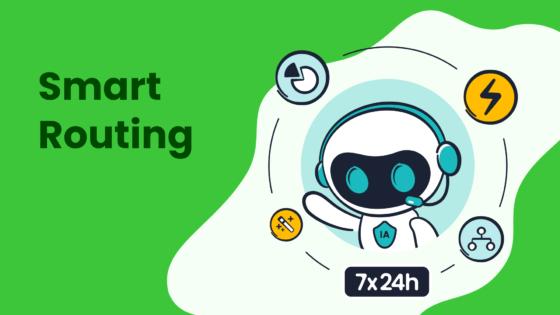
Integrating strategies across the customer journey
Balancing customer retention and acquisition requires a unified approach across the customer journey. Instead of treating these as separate goals, you can integrate strategies to create a seamless experience. For instance, acquisition campaigns can highlight loyalty programs to attract new customers while also encouraging long-term engagement. Similarly, retention efforts can include referral incentives, turning loyal customers into advocates who bring in new leads.
Data analytics plays a critical role in this integration. By analyzing customer behavior, you can identify high-potential acquisition targets and tailor retention strategies to meet their needs. For example, tracking metrics like Gross Revenue Retention (GRR) and Customer Lifetime Value (CLV) provides insights into customer health and long-term value. These metrics help you refine your approach and ensure alignment with your business objectives.
| Metric | Importance |
|---|---|
| Gross Revenue Retention (GRR) | Indicates customer health and informs retention strategies. A low GRR may signal issues needing attention. |
| Customer Lifetime Value (CLV) | Provides insight into the long-term value of customers, aiding in retention strategy development. |
| Customer Churn Rate | Helps understand the rate at which customers are lost, essential for evaluating retention effectiveness. |
Sobot’s solutions, such as its Voice/Call Center, simplify this integration. Features like real-time monitoring and AI-powered Voicebot allow you to track customer interactions and optimize both acquisition and retention strategies.
Measuring success: Key metrics to track
Tracking the right metrics ensures your strategies deliver results. For customer acquisition, focus on metrics like Customer Acquisition Cost (CAC) and conversion rates. These reveal how efficiently you attract new customers. For retention, monitor metrics like churn rate and repeat purchase rate to gauge customer loyalty and satisfaction.
| Metric | Description | Calculation Method |
|---|---|---|
| Customer Acquisition Cost | Total cost of acquiring a single customer, including marketing and sales expenses. | CAC = Total Acquisition Costs / Number of New Customers |
| Customer Lifetime Value | Total revenue generated by a customer over their relationship with the company. | CLV = Average Purchase Value × Purchase Frequency Rate × Customer Lifespan |
| Retention Rate | Percentage of customers who continue to do business over a given period. | Retention Rate = [(Customers at End - New Customers Acquired) / Customers at Start] × 100 |
| Churn Rate | Percentage of customers who leave the business over a given period. | Churn Rate = (Customers Lost / Customers at Start) × 100 |
Sobot’s advanced analytics tools simplify metric tracking. For example, its marketing solutions provide dashboards that display CAC, CLV, and other KPIs in real time. This helps you make data-driven decisions and adjust your strategies as needed.
Actionable tips for achieving balance with Sobot's solutions
- Leverage multichannel engagement: Use Sobot’s marketing solutions to connect with customers via voice, WhatsApp, and SMS. This ensures you reach diverse audiences effectively.
- Personalize interactions: Sobot’s AI-powered Voicebot enables tailored communication, enhancing customer satisfaction and loyalty.
- Monitor key metrics: Track CAC, CLV, and churn rate using Sobot’s real-time analytics. This helps you identify areas for improvement.
- Encourage advocacy: Implement referral programs using Sobot’s tools to turn loyal customers into brand ambassadors.
- Optimize campaigns: Use Sobot’s bulk outbound task feature to target acquisition efforts while maintaining strong post-purchase engagement.
By adopting these strategies, you can create a balanced approach that drives sustainable growth. Sobot’s solutions provide the tools you need to execute these strategies seamlessly.
Balancing customer retention and acquisition is essential for long-term business success. Retaining customers increases profitability, with loyal customers spending 67% more than new ones. Selling to existing customers has a 60-70% probability, compared to just 5-20% for new prospects. These figures highlight the importance of nurturing relationships while attracting new buyers.
Sobot’s solutions simplify this balance. Its Voice/Call Center enhances retention through personalized support and advocacy tools. Meanwhile, its marketing solutions drive acquisition with multichannel campaigns and real-time analytics. Whether you’re a new business or an established brand, evaluating your strategies and leveraging Sobot’s tools can help you achieve sustainable growth.
💡 Tip: Segment your audience to identify loyal customers and invest in loyalty programs to retain them while attracting new ones.
FAQ
What is the difference between customer retention and customer acquisition?
Customer retention focuses on keeping existing customers loyal, while customer acquisition aims to attract new ones. Retention is cost-effective, with a 5% increase boosting profits by 25%-95%. Acquisition expands your customer base. Sobot’s solutions, like its Voice/Call Center, support both strategies effectively.
How can Sobot help improve customer retention?
Sobot enhances retention with tools like its AI-powered Voice/Call Center. Features such as smart call routing and real-time monitoring ensure personalized support. These tools build trust and loyalty, helping you retain customers and increase repeat purchases.
Why is balancing retention and acquisition important?
Balancing these strategies ensures sustainable growth. Retention increases profitability, as loyal customers spend 67% more. Acquisition expands your market reach. Sobot’s solutions, like its marketing tools, help you achieve this balance by optimizing campaigns and customer interactions.
What metrics should you track for retention and acquisition?
Key metrics include Customer Acquisition Cost (CAC), Customer Lifetime Value (CLV), and churn rate. For example, Sobot’s analytics tools provide real-time insights into these metrics, helping you refine strategies and improve outcomes.
How does Sobot’s Voice/Call Center support customer acquisition?
Sobot’s Voice/Call Center streamlines acquisition with features like bulk outbound tasks and AI-powered Voicebot. These tools enable efficient lead conversion and personalized communication, ensuring you reach potential customers effectively.
See Also
10 Strategies To Enhance Customer Satisfaction In Live Chat
10 Actions To Successfully Deploy Omnichannel Contact Centers
Excelling In Live Chat For Retail Businesses
